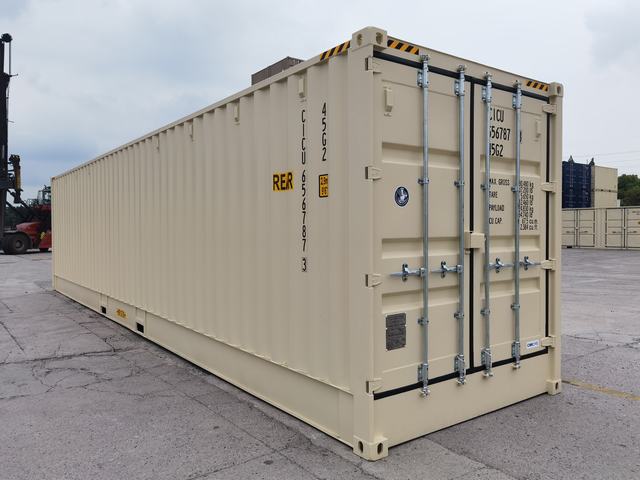In an era where travel has become an integral part of our lives, understanding the various transportation options available is crucial for budget-conscious travelers. Whether you're a student exploring a new city, a business professional on a tight schedule, or a family planning a vacation, finding the cheapest transportation can significantly impact your overall travel expenses. This article delves into the most economical transportation methods, comparing their costs, benefits, and practical applications.
Understanding Transportation Costs
Before diving into specific transportation options, it’s essential to grasp the factors that influence transportation costs. These include:
- Distance: Longer journeys typically incur higher costs, but this is not always linear. For instance, a long-distance bus ticket may be cheaper than a short taxi ride.
- Time of Booking: Early bookings often yield better prices, especially for flights and train tickets.
- Seasonality: Prices fluctuate based on peak travel seasons. Traveling during off-peak times can lead to significant savings.
- Mode of Transport: Different modes of transport come with varying price tags. Understanding these can help you make informed decisions.
The Cheapest Transportation Options
- Public Transit Systems
Public transportation is often the most economical choice for urban travel. Buses, trams, and subways provide extensive networks that connect various parts of a city at a fraction of the cost of taxis or rideshares.
- Cost Efficiency: A single bus or subway fare can range from $1 to $3, while monthly passes can offer unlimited rides for around $70 to $120, depending on the city.
- Environmental Impact: Utilizing public transit reduces your carbon footprint, making it a sustainable choice.
- Bicycles and E-Scooters
In many cities, bicycles and e-scooters have emerged as popular and affordable modes of transport.
- Rental Services: Companies like Lime and Bird offer e-scooter rentals, often costing around $1 to unlock and $0.15 per minute. Bike-sharing programs can charge as little as $5 for a day pass.
- Health Benefits: Cycling not only saves money but also promotes physical health.
- Carpooling and Ridesharing
Carpooling and ridesharing services like Uber and Lyft can be economical, especially when traveling with others.
- Cost Sharing: Splitting the fare with fellow travelers can significantly reduce individual costs. Services like BlaBlaCar focus on long-distance carpooling, often offering rides for less than bus fares.
- Convenience: Ridesharing apps provide door-to-door service, saving time and effort.
- Long-Distance Buses and Trains
For intercity travel, long-distance buses and trains can be the most affordable options.
- Bus Services: Companies like Greyhound and Megabus offer tickets as low as $1 if booked in advance. They provide comfortable seating and amenities for longer journeys.
- Train Travel: While often pricier than buses, trains can be economical if you take advantage of discounts and passes, such as Amtrak’s Rail Pass.
- Budget Airlines
When flying is necessary, budget airlines can provide significant savings.
- Low-Cost Carriers: Airlines like Ryanair and Spirit Airlines offer fares that can be as low as $20 for short-haul flights. However, be mindful of additional fees for baggage and seat selection.
- Flexibility: Being flexible with your travel dates can help you find the cheapest flights.
Tips for Finding the Cheapest Transportation
- Use Comparison Tools: Websites and apps like Google Flights, Skyscanner, and Rome2rio allow you to compare prices across various transportation modes.
- Book in Advance: Early bookings often yield lower prices, especially for flights and long-distance trains.
- Stay Informed About Discounts: Many transportation services offer student, senior, or military discounts. Always check for available promotions.
- Consider Multi-Modal Travel: Sometimes, combining different transportation methods (e.g., bus to the airport, then a budget flight) can save money.
Conclusion
Finding the cheapest transportation requires a blend of research, flexibility, and strategic planning. By exploring various options such as public transit, bicycles, carpooling, long-distance buses, and budget airlines, travelers can significantly reduce their transportation costs. Ultimately, the key is to remain informed and adaptable, ensuring that your travel experience is not only economical but also enjoyable. Whether you're commuting daily or embarking on an adventure, understanding your transportation choices can lead to smarter, more cost-effective travel decisions.

